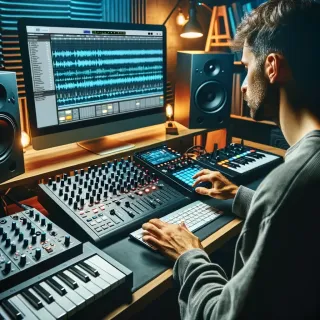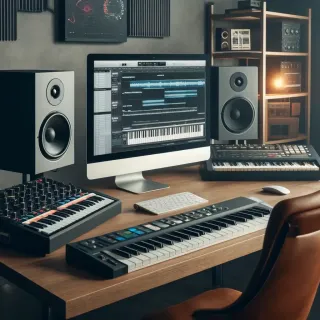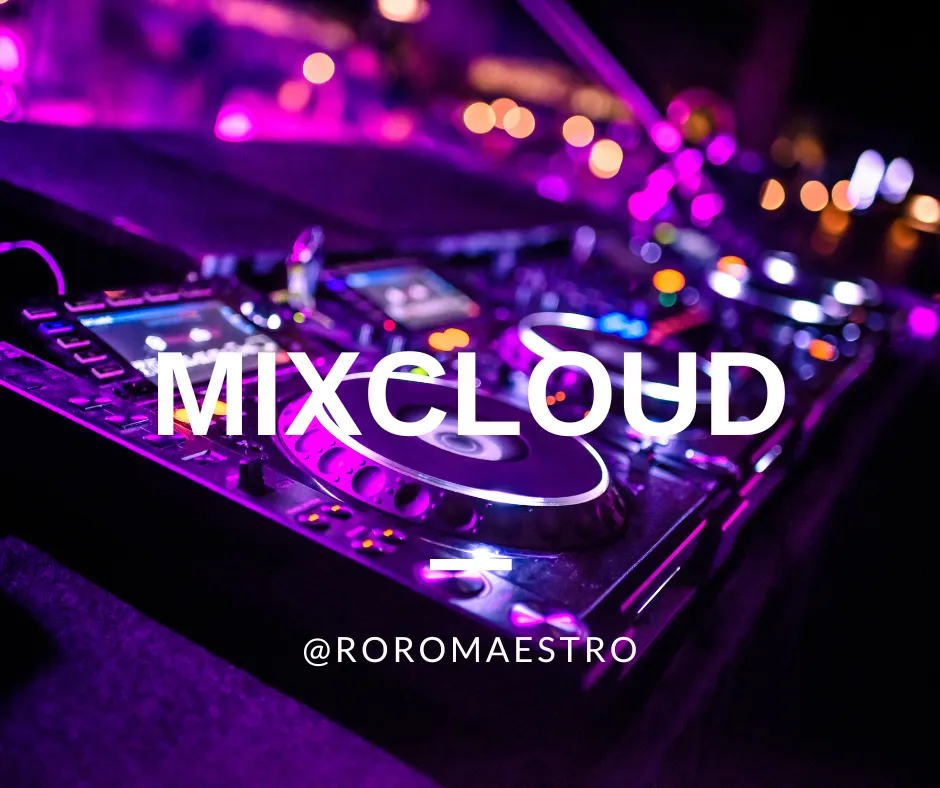
How to make tech house ?
Creating tech house music involves blending the rhythmic elements of techno with the soulful melodies of house music. Here's a basic guide on how to start making your own tech house tracks:
Understand the Basics:
Tempo: Tech house typically ranges from 120 to 130 beats per minute (BPM).
Drums: The drum pattern is crucial and usually includes a four-on-the-floor kick drum, claps on the second and fourth beats, open hi-hats on the offbeats, and various percussion sounds.
Choose Your Software (DAW):
Popular Digital Audio Workstations (DAWs) for producing tech house include Ableton Live, FL Studio, and Logic Pro. These platforms come with the necessary tools for music production, such as synthesizers, samplers, and effects.
Start with the Beat:
Lay down a solid kick drum pattern as the backbone of your track.
Add claps, snares, and percussion. Layer shakers, congas, or other percussive elements to add groove.
Bassline:
The bassline in tech house is essential and often carries the track. It should be rhythmic and meld well with the kick drum. Experiment with different bass sounds—deep, punchy, or groovy—to find what suits your track.
Melodic Elements:
Although tech house is less melodic than other house music genres, adding subtle pads, stabs, or a catchy riff can enhance the track’s depth and appeal.
Use synthesizers to create simple but catchy lead lines or atmospheric pads.
Effects and Automation:
Use effects like reverb, delay, and filters to add texture and movement to your track. Automating these effects can help build tension and release in your music, essential for keeping the dance floor engaged.
Arrangement:
Arrange your track into sections: intro, verse, breakdown, build-up, drop, and outro. Tech house tracks often feature extended intros and outros for easier DJ mixing.
Use breakdowns and builds to create dynamics within the track, and the drop to bring back the full rhythm for maximum impact.
Mixing and Mastering:
Balance the levels of each element in your track. Pay close attention to the low-end frequencies to ensure the kick and bass are not clashing.
Once your track is mixed, mastering will provide the final polish, ensuring it sounds good on all sound systems and streaming platforms.
Experiment and Learn:
Listen to popular tech house tracks to understand what makes them effective.
Experiment with different sounds and structures, and don’t be afraid to take your track in a unique direction.
Feedback:
Get feedback from other producers or listeners to understand how your track performs in a real-world setting. This feedback can be invaluable for improving your production skills.
By following these steps, you can start producing your own tech house tracks and refine your skills as you go along. Remember, practice and experimentation are key to developing a unique sound.
What is tech house music ?
Tech house is a subgenre of electronic dance music that combines elements of techno and house music. It emerged in the mid-1990s and is known for its blend of the repetitive, mechanical beats of techno with the soulful and melodic elements of house music. Tech house tracks often feature minimalistic percussion, sparse effects, and the use of synthesizers and basslines that are more subdued than in traditional house music, creating a groove that lies between the energetic bounce of house and the austere rhythms of techno.This genre is particularly popular in the club scene for its danceability and its ability to incorporate various musical influences, making it versatile and appealing to a broad audience. Tech house often features longer tracks that are built around a groove, suitable for lengthy DJ sets, and it emphasizes a smooth flow that keeps dancers engaged without overwhelming them with constant peaks.

How to make tech house ?
Creating tech house music involves blending the rhythmic elements of techno with the soulful melodies of house music. Here's a basic guide on how to start making your own tech house tracks:
more information here

tech house sample pack
When looking for a tech house sample pack, there are many resources online where you can find high-quality sounds tailored to tech house production. These packs typically include a range of drum loops, basslines, percussion, FX, and sometimes even presets for synths that are popular in tech house tracks. Here are some places and tips on finding the right tech house sample pack for your needs:
more info here

Tech house djs / Tech house artists :
If you're exploring tech house DJs on Beatport, you'll find many prominent names who are currently leading the scene with their releases. Some of the notable tech house DJs and producers you might want to check out include:
More information here







